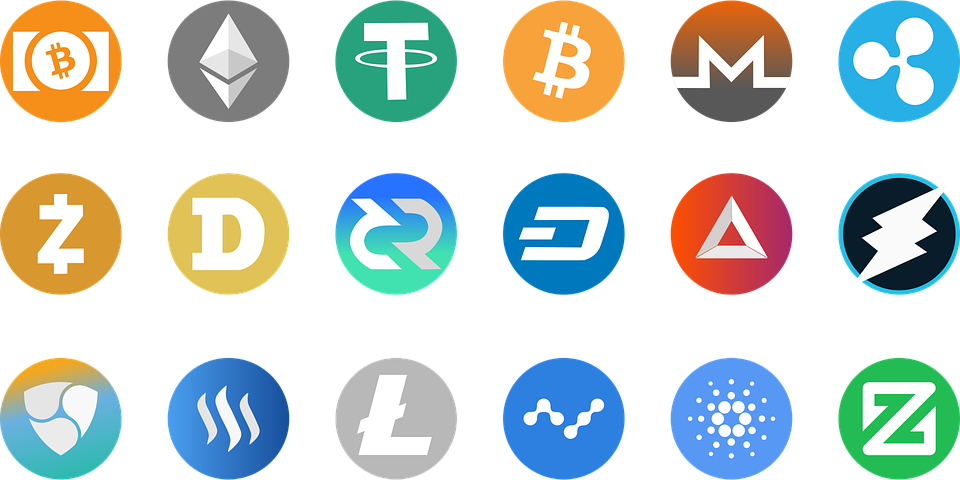Images play a crucial role in enhancing the visual appeal of a website and engaging the audience. However, they can also have a significant impact on SEO performance. Properly optimizing images can help improve your website’s search engine rankings and drive more organic traffic. In this article, we will discuss some essential image optimization tips to boost your SEO performance.
Choose the Right Image Format
When it comes to image optimization, choosing the right image format is essential. JPEG is the most commonly used format for photographs and images with complex colors, while PNG is preferred for images with transparent backgrounds or simple graphics. By selecting the appropriate format for your images, you can minimize file size and improve loading times, ultimately enhancing user experience and SEO performance.
Optimize Image Size
Large image files can significantly impact a website’s loading speed, leading to a poor user experience and lower search engine rankings. To avoid this, make sure to resize and compress images before uploading them to your website. There are plenty of online tools and plugins available that can help you optimize image size without compromising quality. By reducing image size, you can improve website speed and SEO performance.
Use Descriptive Alt Text
Alt text is essential for optimizing images for search engines. It provides a textual description of an image, which helps search engines understand the content and context of the image. When adding alt text to images, make sure to use descriptive keywords that are relevant to your content and target keywords. This will improve the accessibility of your website and boost SEO performance.
Include Keywords in File Names
Another essential image optimization tip is to include keywords in file names. When naming your image files, use descriptive keywords that accurately reflect the content of the image and relate to your target keywords. This will help search engines index your images properly and improve your website’s visibility in search results.
Optimize Image Metadata
Image metadata, such as title, description, and tags, can also impact SEO performance. Make sure to include relevant keywords in your image metadata to improve search engine rankings. Additionally, adding captions and descriptions to your images can enhance user engagement and provide additional context for search engines.
Utilize Image Sitemaps
Image sitemaps allow search engines to discover and index images on your website more efficiently. By creating an image sitemap and submitting it to search engines, you can improve the visibility of your images in search results. This can lead to higher click-through rates and improved SEO performance.
Monitor Image Load Times
Monitoring image load times is crucial for optimizing SEO performance. Slow-loading images can negatively impact user experience and search engine rankings. Use tools like Google PageSpeed Insights or GTmetrix to analyze your website’s loading speed and identify opportunities for improvement. By optimizing image load times, you can enhance website performance and SEO rankings.
Conclusion
Image optimization is a critical aspect of SEO that should not be overlooked. By following these image optimization tips, you can improve your website’s search engine rankings, drive more organic traffic, and enhance user experience. Take the time to properly optimize your images, and you will see tangible results in your SEO performance.
